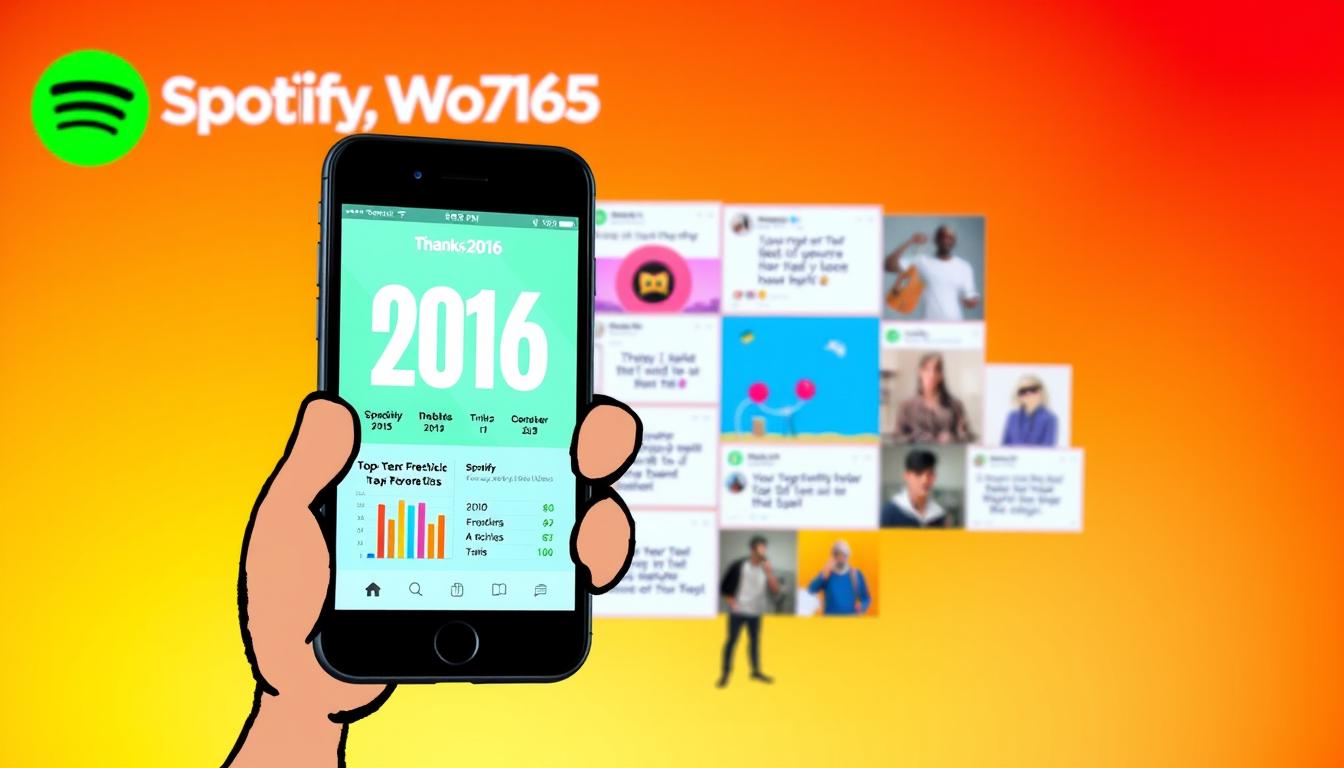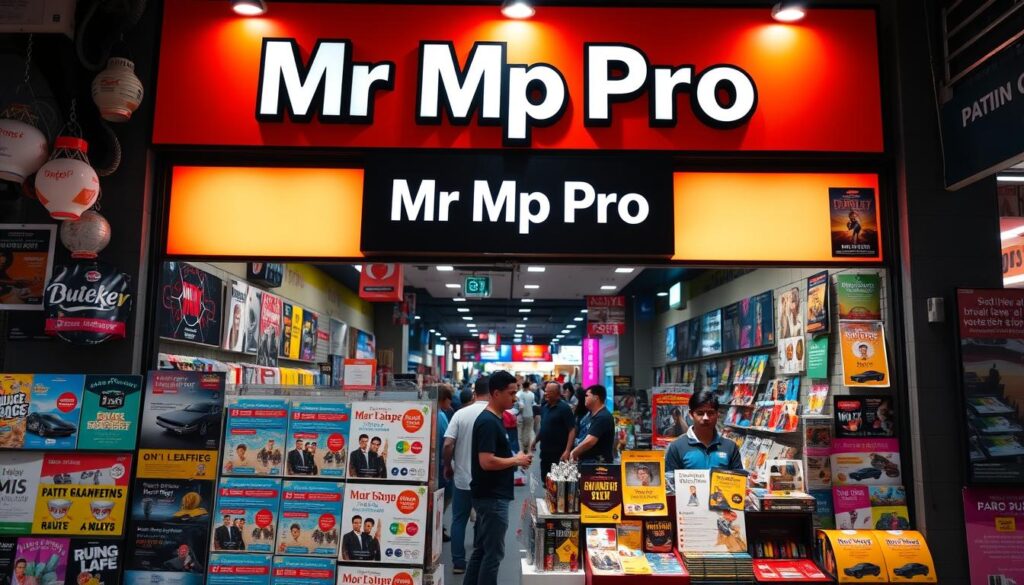
In 2016, the world witnessed a unique blend of humor and data-driven marketing that captivated millions. Spotify’s campaign, “Thanks 2016, it’s been weird”, became a benchmark for innovative advertising, proving that even in a chaotic year, creativity and data could come together to create something extraordinary.
The campaign debuted on November 28, 2016, and quickly went viral. By leveraging listener behavior insights, Spotify crafted personalized emails and billboards that resonated with users globally. Over 30 million emails were opened, and the campaign was featured in over 380 media articles, highlighting its massive reach and engagement.
One of the key strengths of this campaign was its ability to merge traditional outdoor media, like billboards, with digital channels such as social media and email. This combination not only promoted the campaign’s success but also set a new standard for user-focused design and innovation in marketing.
The campaign’s success was further evident in the impressive statistics it generated. For instance, the number of social media mentions increased by a staggering 1,200%, and brand awareness metrics grew by 50%. These results underscored the power of combining humor with data insights to create a human connection with the audience.
This section explores how Spotify’s innovative approach not only bid farewell to a bizarre year but also paved the way for future marketing strategies. By focusing on personalized insights and creative humor, the campaign demonstrated the importance of understanding and engaging with your audience in a meaningful way.
Case Study Overview and Campaign Background
The “Thanks 2016, it’s been weird” campaign was more than just a marketing effort—it was a cultural reflection. Born from Spotify’s 2015 “Year in Music” experiments, this initiative aimed to connect with users on a deeply personal level. By blending humor with data-driven insights, the campaign celebrated the quirks of 2016, making it relatable and memorable.
Campaign Origins and Objectives
The campaign was conceptualized to highlight the unique music culture of 2016. Spotify’s team drew inspiration from listener behavior, such as favorite playlists and listening habits, to craft messages that resonated personally. This approach not only showcased the company’s understanding of its audience but also set a new standard in personalized marketing.
Global Reach and User Engagement Impact
Launched on November 28, 2016, the campaign quickly went viral. Billboards in key locations like New York and London featured data-driven humor, such as referencing Brexit in the UK and quirky messages in the U.S. This global strategy emphasized the campaign’s international reach and impact, making it a benchmark for innovative advertising.
The results were impressive, with over 30 million emails opened and 380 media articles covering the campaign. Social media engagement soared, with a 1,200% increase in mentions. This success underscored the power of combining humor with data to create a human connection, setting a new standard for user-focused marketing strategies.
Spotify Thanks 2016 Campaign: Execution and Strategy
The “Thanks 2016, it’s been weird” campaign stands out as a masterclass in blending humor with data-driven insights. By leveraging listener behavior, the company crafted messages that resonated globally while maintaining a personal touch.
Data-Driven Creative Tactics
The campaign’s success hinged on turning raw data into engaging stories. Spotify used listener statistics to create quirky, relatable ads. For instance, billboards highlighted unusual habits, like someone listening to a song on repeat 98 times. These insights made the campaign both humorous and personal, fostering a strong connection with users.
Localized and Personalized Marketing Approaches
Spotify’s multi-channel strategy ensured global reach with local relevance. From region-specific billboards in New York and London to personalized emails, the campaign connected with diverse audiences. Social media played a key role, with creative posts that humorously referenced cultural moments, like Drake’s dances or Bieber’s hairstyles. This approach not only engaged users but also encouraged sharing, amplifying the campaign’s impact.
The campaign also rewarded top listeners with unique gestures, such as delivering “rapping paper” to devoted fans. This personal touch reinforced the campaign’s message of gratitude and engagement. By combining humor with data, Spotify created a memorable and impactful marketing effort that set a new standard for personalized advertising.

For businesses aiming to enhance their e-commerce SEO strategies, this campaign offers valuable lessons in creativity and personalization. By understanding your audience and leveraging data, you can craft messages that resonate and drive engagement, much like Spotify did in 2016.
Competitive Insights: Lessons from Myspace and Facebook
Understanding the rise and fall of social media giants like Myspace and Facebook offers valuable lessons for modern marketers. While Myspace struggled with a cluttered interface and poor user experience, Facebook thrived by focusing on simplicity and strategic innovation.
Myspace’s Failure to Innovate vs. Facebook’s Rise
Myspace’s downfall can be attributed to its inability to adapt and innovate. The platform became overwhelmed with features, creating a confusing user experience. In contrast, Facebook maintained a clean, user-friendly design that resonated with its audience. This strategic focus allowed Facebook to dominate the social media landscape.
Timeline Challenge: Spot Key Moments for a Marketing Win
Imagine being able to identify the pivotal moments where Myspace could have changed its trajectory. For instance, simplifying its interface or improving user experience might have helped Myspace compete more effectively with Facebook. This challenge encourages you to think critically about the decisions that shape a company’s success.
These insights highlight the importance of understanding your audience and adapting to their needs. By focusing on user experience and strategic innovation, businesses can avoid the pitfalls that led to Myspace’s decline and emulate Facebook’s path to success. Leveraging user-generated content and maintaining a clean design are key takeaways for any marketing strategy. Learn more about how these principles can shape your approach in today’s competitive digital landscape.

Conclusion
The fusion of humor and data in 2016 set a new benchmark for viral marketing. By blending listener insights with witty creativity, this campaign forged a strong emotional connection with audiences, making it a standout example of personalized marketing. The multi-channel approach, which included billboards, emails, and social media, not only reached millions but also drove significant engagement, as evidenced by a 1,200% increase in social media mentions and a 50% boost in brand awareness.
The campaign’s success underscores the power of using user data to craft relatable and humorous content.Localized messaging and personalized communication channels played a crucial role in its global appeal. This approach contrasts sharply with the decline of platforms like Myspace, which failed to innovate, and highlights the importance of simplicity and user-focused design, as seen in Facebook’s rise.
Reflecting on this case study, it’s clear that data-driven campaigns can lead to significant brand success. By leveraging insights to create shareable and personalized experiences, companies can turn users into brand ambassadors. This campaign inspires future marketing initiatives by showing how creativity, data, and a deep understanding of your audience can create something truly impactful. Consider how you can apply these lessons to your own marketing challenges, learning from both successes and missteps to drive innovation and engagement.
For more insights on how to leverage big data in your marketing strategy, explore our detailed guide. Additionally, discover how to enhance your marketing efforts with personalized approaches and innovative tactics.

 Spotify Thanks 2016: Using Humor and Data for Viral Marketing
Spotify Thanks 2016: Using Humor and Data for Viral Marketing
0 Comment